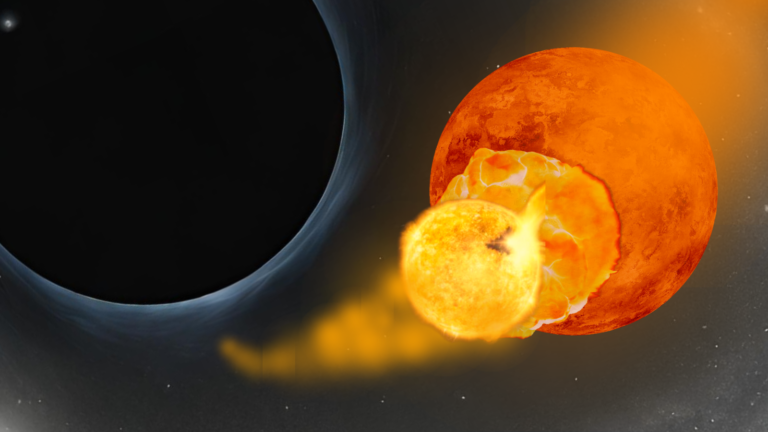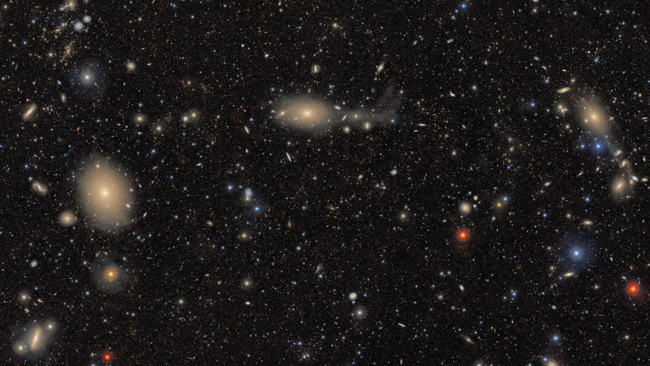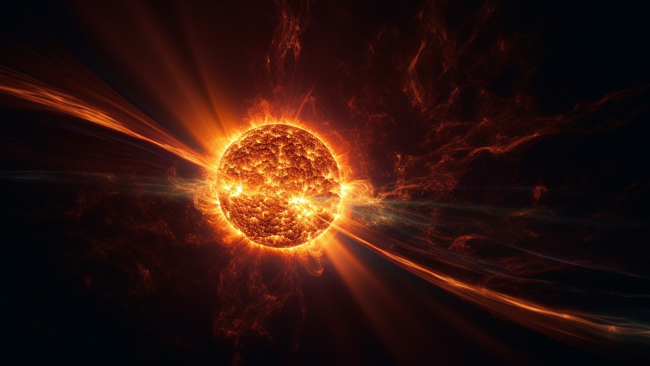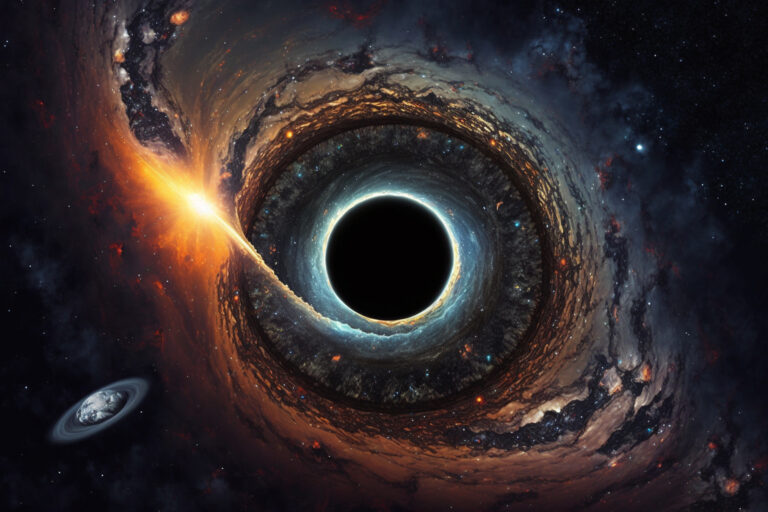
Forbidden to leave Earth
Throughout history, humanity has been captivated by tales of hidden worlds and mysterious realms beneath the Earth’s surface. Among these enduring legends are the Prison Planet Theory, Hollow Earth hypothesis, and the fabled city of Agartha. These concepts intertwine mythology, pseudoscience, and conspiracy theories, captivating the imagination of many. In this exploration, we delve into the origins, narratives, and popular perceptions of these intriguing subterranean legends.
The Prison Planet Theory
The Prison Planet Theory posits that Earth is not just a natural habitat for life but a controlled environment, akin to a prison. According to proponents of this theory, an advanced extraterrestrial civilization or a secretive elite group holds the reins of power, manipulating humanity for its own purposes. This idea often involves speculations about aliens, secret societies, and government cover-ups.
The roots of the Prison Planet Theory can be traced back to ancient astronaut theories and the idea that human progress was assisted or controlled by advanced beings from other planets. In the 20th century, authors such as Erich von Däniken popularized these ideas in his book “Chariots of the Gods?” which proposed that ancient civilizations received help from extraterrestrial visitors.
Later, conspiracy theorists expanded on these concepts, asserting that malevolent aliens or shadowy elites have imprisoned humanity on Earth, restricting our knowledge and freedom. They claim that these controlling forces manipulate global events, create conflicts, and suppress technological advancements that could liberate humanity from this alleged prison.
While the Prison Planet Theory has gained a following among conspiracy enthusiasts, it lacks concrete evidence and is widely dismissed by the scientific community as pseudoscience. Skeptics argue that it relies on cherry-picking historical events, misinterpreting evidence, and ignoring the vast body of scientific knowledge about Earth’s natural processes and human evolution.
The Hollow Earth Hypothesis
The Hollow Earth Hypothesis proposes that our planet is not a solid sphere, but instead contains vast subterranean spaces and inner cavities. This idea has ancient roots, with myths and folklore from various cultures describing underground realms inhabited by mysterious beings.
One of the earliest recorded mentions of a Hollow Earth can be found in ancient Mesopotamian texts, where the notion of an underground world called the “Abzu” was described. In Greek mythology, the Underworld was a realm beneath the Earth’s surface, home to the spirits of the dead. Other cultures, such as the Norse with their belief in Svartálfaheimr and Hindu legends of Patala, also describe subterranean realms.
In the 17th century, the idea of a scientifically-oriented Hollow Earth gained popularity. Scientist Edmond Halley (of Halley’s Comet fame) proposed that the Earth was composed of concentric shells with habitable spaces in between. Later, in the 19th and early 20th centuries, the concept found its way into popular fiction, with notable works like Jules Verne’s “Journey to the Center of the Earth” fueling public fascination.
Advocates of the Hollow Earth Hypothesis claim that these inner realms are accessible through openings at the Earth’s poles or hidden entrances scattered across the planet. They believe that advanced civilizations reside in these inner worlds and may even occasionally interact with surface-dwelling humans. Some proponents go as far as suggesting that extraterrestrial beings use these inner Earth portals to visit our world.
Despite the captivating allure of the Hollow Earth, scientific evidence overwhelmingly refutes the hypothesis. Our understanding of the Earth’s structure, based on seismology, geology, and satellite data, confirms that the Earth is a solid, layered planet with a molten core. The poles are also well-explored, and no evidence of massive openings leading to a Hollow Earth has been found.
Agartha: The Fabled Subterranean City
Agartha, also known as Agharta or Agarttha, is a legendary underground city that features prominently in esoteric and New Age literature. It is often associated with the Hollow Earth concept and considered a hidden utopian civilization.
According to the legend, Agartha is a vast, technologically advanced civilization located beneath the Himalayas or other remote locations. It is said to be inhabited by highly evolved beings who possess wisdom and knowledge far beyond that of surface-dwelling humans. These beings are sometimes referred to as the “Masters of Wisdom” or the “Great White Brotherhood.”
The concept of Agartha gained prominence through the works of French esotericist Alexandre Saint-Yves d’Alveydre and later Helena Blavatsky, the founder of Theosophy. Blavatsky described Agartha as a spiritual and philosophical center, where these enlightened beings guided humanity’s evolution and held the secrets of the universe.
Over the years, Agartha has become intertwined with conspiracy theories, suggesting that powerful individuals or governments have been in contact with the inhabitants of this subterranean city. Some conspiracy theorists believe that these underground beings secretly influence world events, manipulating global politics and society from the shadows.
As with the Hollow Earth, there is no credible scientific evidence to support the existence of Agartha or its enlightened inhabitants. Instead, it remains a captivating legend, appealing to those who seek hidden knowledge and spiritual enlightenment.
Conclusion
The Prison Planet Theory, Hollow Earth hypothesis, and the fabled city of Agartha are fascinating subterranean legends that have captivated the human imagination for centuries. Rooted in ancient myths, these concepts have evolved over time, influenced by scientific discoveries, fiction, and the rise of conspiracy culture.
While these legends continue to intrigue and inspire, it is essential to distinguish between speculative narratives and verified scientific knowledge. The Prison Planet Theory lacks empirical evidence and is generally considered a fringe concept, rejected by mainstream science. The Hollow Earth Hypothesis, too, is unsupported by geological and seismological evidence, firmly placing Earth as a solid, layered planet. Agartha, as a legendary subterranean city, remains a captivating tale of hidden wisdom and enlightenment, existing in the realms of myth and spirituality.
As humanity ventures further into the future, the allure of these subterranean legends is unlikely to fade. The human desire for mystery, exploration, and understanding of the unknown ensures that these captivating narratives will continue to find a place in the annals of human imagination. Whether we interpret them as fantastical tales or philosophical reflections, the Prison Planet Theory, Hollow Earth, and Agartha all remind us of the limitless boundaries of human curiosity and the stories that continue to shape our perceptions of the world around us.






